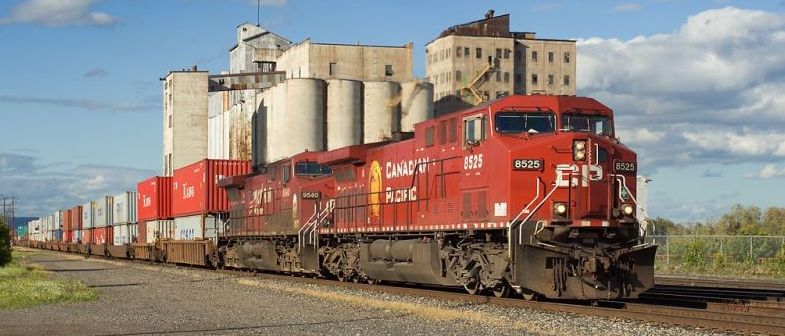
Train Addiction Help Line: 1.866.840.7777
SoundTraxx - HOn3 - Blackstone Models Steam Diamond-Stack 2-8-0 Consolidation, w/Sound - Denver & Rio Grande Western (Painted, Unlettered, Russian Iron Boiler) (SKU 678-310214-S)
Available On: July 1, 2013

?A Little C-19 History
From the late 1870s onward, the 2-8-0 wheel arrangement was no stranger to the narrow gauge Denver and Rio Grande Railway. However, one class of consolidation has the distinction of being the most powerful of all the 2-8-0s that were ordered from Baldwin Locomotive Works.
In the summer of 1881, twelve heavier consolidations arrived on the D&RG amidst a larger number of very similar, yet less powerful 2-8-0s. Numbered from 400 to 411 and designated as Class 70 (for approximately 70,000 pounds of weight), these locomotives found immediate use filling the power needs of the narrow gauge mainline from Salida to Gunnison via Marshall Pass. After faithfully serving the old Gunnison Division for a spell, five of these Class 70 engines were converted to standard gauge for use on wider rails in the 1890’s. These locomotives were converted back to narrow gauge by the turn of the century with a slight juxtaposition of their original road numbers. They continued to serve the railroad in various locations along the thriving narrow gauge. Around 1914, the Class 70 locomotives were fitted with new steel boilers in keeping with new laws enacted by the Interstate Commerce Commission concerning boiler safety. Along with these rebuilds came the appearance of longer, extended smokeboxes, electric headlights, and straight “shotgun” style smokestacks. This is the basic appearance that these venerable consolidations maintained for the rest of their service days. The D&RG re-organized as the Denver and Rio Grande Western in 1921, and in 1924 many locomotives were re-numbered in a motive power reclassification effort of the railroad. At this time, these ten remaining Class 70 engines became numbers 340-349 and were given a new designation of Class C-19.

$499.95 US